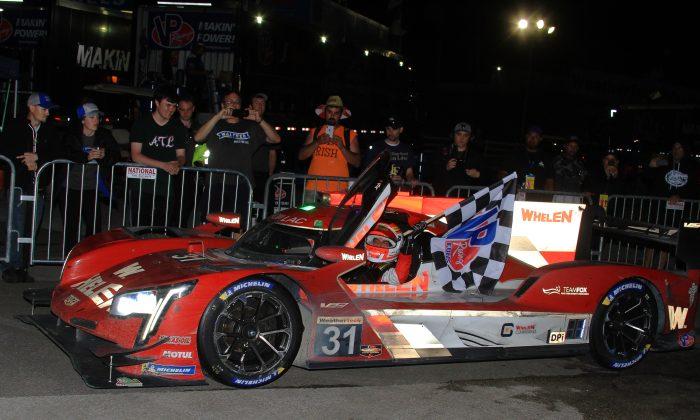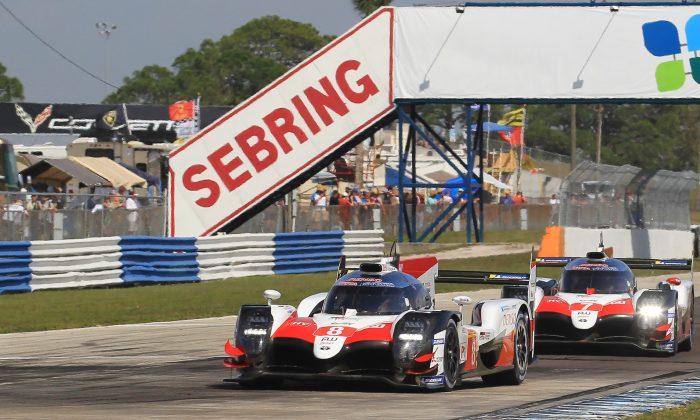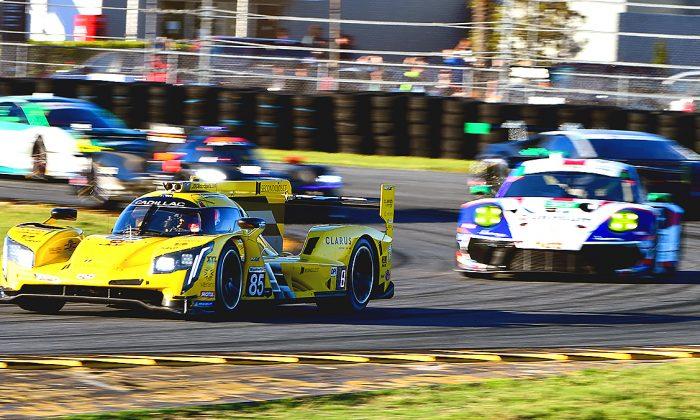Mark Cavendish, long known as The Fastest Man in the World, found his efforts to regain that title rewarded as he won his 28th Tour de France stage, tying him with cycling legend Bernard Hinault as second in the historical record of Tour stage winners.
Cavendish, riding for Dimension Data (last year’s MTN Qhubeka) is actually considered to be ahead of Hinault, as Cavendish has a variety of podium finishes along with his wins; Hinault did not.
Lotto-Soudal’s André Greipel finished second in a photo finish, barely a centimeter behind Cavendish, while Frenchman Bryan Coquard of Direct Energie edged Tinkoff’s Peter Sagan by a couple of centimeters to take third.
Long Stage, Tilted Finish
Stage 3, 223.5 km from Granville to Angers, was the second longest of the 2016 Tour. The route ended with a slightly rising kilometer of nearly straight pavement, perfect for a sprint, but a tricky sprint—it is always hard to calculate when to launch on a slope.
A local rider, Fortuneo-Vetal Concept’s Armindo Fonseca attacked at the start of the stage and rode ninety km solo before he was joined by another Frenchman, Direct Energie’s Thomas Voeckler. They lasted until eight km from the finish.
There was never a hope that this pair might win. They were merely giving the French fans a little something to cheer about.
The real race started in the final three kilometers, as Dimension Data and Etixx-Quickstep fought for control of the race.
Dimension Data moved to the head of the race first, with Etixx in pursuit. A 90-degree left-hand corner at the two-km mark shook up the order, as an Orica-GreenEdge rider missed the turn and bounced off the barriers.
Etixx riders mixed in with the Dimension Data train exiting the corner as Cavendish got shaken off the wheel of his last leadout man, Mark Renshaw. The experienced Cavendish stayed calm and rejoined Renshaw, and the squad moved back into the lead entering the final kilometer.
Etixx sprinter Marcel Kittel, eager to beat Cavendish after losing to the Manx rider in Stage One, got swamped as too many teams fought their ways forward.
Peter Sagan, wearing yellow for the Tinkoff team, wasn’t afforded a leadout; he was left to freelance. Tinkoff, while pleased to see Sagan winning stages, is entirely focused on the General Classification win for Alberto Contador and wouldn’t risk riders contesting a sprint in the first week.
Still, Sagan was also considered a favorite as the slight uphill grade of the final kilometer gave him a boost, balancing his slightly greater endurance against the greater explosiveness of the pure sprinters.
Greipel Goes First, Cav Throws Best
Another rider forced to freelance was Lotto-Soudal’s André Greipel. Greipel had been boxed out of Stage One’s sprint finish and was eager to redeem himself—an eagerness which proved to be his undoing.
Greipel attacked several hundred meters from the finish line—a long way out even for a flat road, and a crazy distance for an uphill course. The German sprinter had a plan though. instead of following another sprinter and trying to come around at the line, Greipel decided to launch two sprints, more or less—one effort to get ahead of the field, and another a couple of hundred meters out.
His calculations were close to perfect. He judged his legs over the incline; he judged the extra energy it would take to break the wind as opposed to riding sheltered behind another rider.
What he didn’t calculate was the extra speed Mark Cavendish has been showing during this Tour. The Manx Missile spent the Spring practicing track cycling to prepare for the Rio Olympics. His track training regimen has reignited the explosiveness which originally earned him his title, “Fastest Man in the World.”
Cavendish caught Greipel after the German rider’s first burst, hung on until Greipel started his final push, and came around to catch his rival right at the line.
The difference wasn’t so much speed, but technique. Both riders threw their bikes forward across the line to gain that extra edge, but Greipel threw his a fraction of a second early—he was fully extended before the line, while Cavendish timed it perfectly and pushed his bike fully forward just as he reached the line.
His front wheel was ahead by less than the width of a tire when it touched the line, but it was ahead. Greipel made his move a few thousandths of a second early, and it cost him the win.
Behind this pair, Peter Sagan also miscalculated. He couldn’t quite stick to the wheel of Mark Cavendish when the Manx rider exploded, so Sagan had to work that much harder through the final few hundred meters.
That extra effort cost Sagan a podium finish. Direct Energie’s Bryan Coquard followed Sagan, letting the stronger rider fight the wind, and snuck around in the last few meters.
As a consolation the Tinkoff rider earned a second day in the race leader’s yellow jersey.
Stage Four, 232 km from Saumur to Limoges, should be another sprint stage. The route is a little lumpier than Stage Three’s with a Cat 4 climb a hundred km from the finish, and similar to the prior stage, the final 500 meters slope uphill.
Since the incline is shorter, it offers less advantage to the slower sprinters and favors the stronger, pure sprinters. Cavendish, Kittel, and Greipel have to be considered favorites for this stage.





